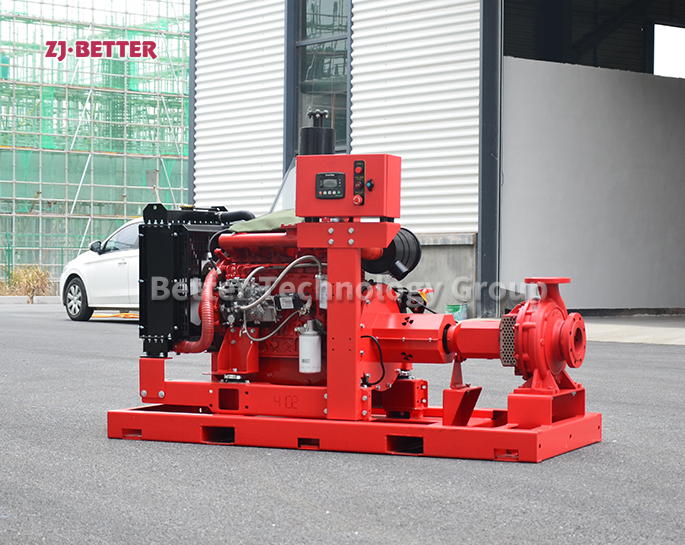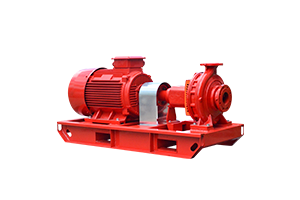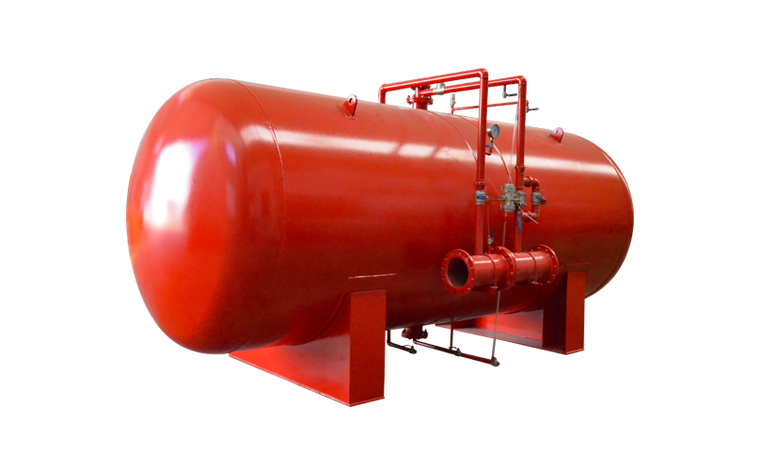How to Properly Test Fire Pumps in Extreme Weather Conditions?
Fire pumps are a critical part of any fire protection system, ensuring water is delivered efficiently during emergencies. However, when extreme weather conditions strike—whether it’s intense heat, freezing cold, or heavy rain—it becomes crucial to properly test and maintain fire pumps to guarantee their reliability when needed most. In this article, we’ll share essential guidelines on how to test fire pumps in harsh environments and ensure your system is always ready to perform.

1. Understand the Impact of Extreme Weather
Extreme weather can significantly affect the performance of fire pumps. Cold temperatures can cause freezing of water and components, while excessive heat can lead to equipment failure. It’s essential to consider the specific weather challenges in your region and take them into account when testing fire pumps.
2. Inspect Components for Weather Resistance
Before testing, conduct a thorough inspection of your fire pump components. In freezing conditions, check for ice buildup in pipes and strainers that could block water flow. For hot weather, ensure that the pump motor and engine components are not overheating. Regular maintenance of seals, gaskets, and hoses is also essential to ensure proper functioning in extreme weather.
3. Test Pumps at Full Flow and Pressure
Ensure the fire pump is capable of providing the required water flow and pressure. During the test, simulate real emergency conditions, such as a high-demand situation. In colder weather, pay special attention to any reduced flow due to freezing or blockages. In high heat, test the system for overheating or performance degradation.
4. Perform Regular Functional Tests
Test the pump regularly in both hot and cold weather, even if there isn’t an emergency. Regular testing helps identify early signs of wear or malfunction. For example, in extremely cold climates, ensure that the pump’s antifreeze systems are functioning properly. For hot weather, confirm that the pump’s cooling systems are effective in preventing overheating.
5. Use Temperature-Specific Fluids
For pumps operating in freezing temperatures, consider using antifreeze solutions to prevent freezing in the system. When testing in extreme heat, make sure the pump's fluid levels are maintained and the engine has sufficient coolant to avoid overheating.
6. Simulate Emergency Conditions
During testing, ensure you are simulating realistic emergency conditions. This involves ensuring the fire pump operates with the correct water pressure, flow, and temperature. Be sure to test your system during times of extreme heat or cold to confirm that your pump can function when it’s most needed.
7. Document Results and Create a Maintenance Schedule
After each test, document the results thoroughly and note any irregularities. Create a maintenance schedule based on the test results to ensure your fire pump remains in optimal condition. Extreme weather conditions can accelerate wear, so regular upkeep is vital for reliability.
Conclusion
Testing fire pumps in extreme weather conditions is critical to ensure they will perform when needed the most. By understanding the impact of the weather, inspecting components, and conducting regular functional tests, you can be confident that your fire pumps will be reliable in any emergency. Proper testing and maintenance safeguard both lives and property, ensuring that your fire protection system remains dependable through all seasons.

.png)
.png)

.png)


